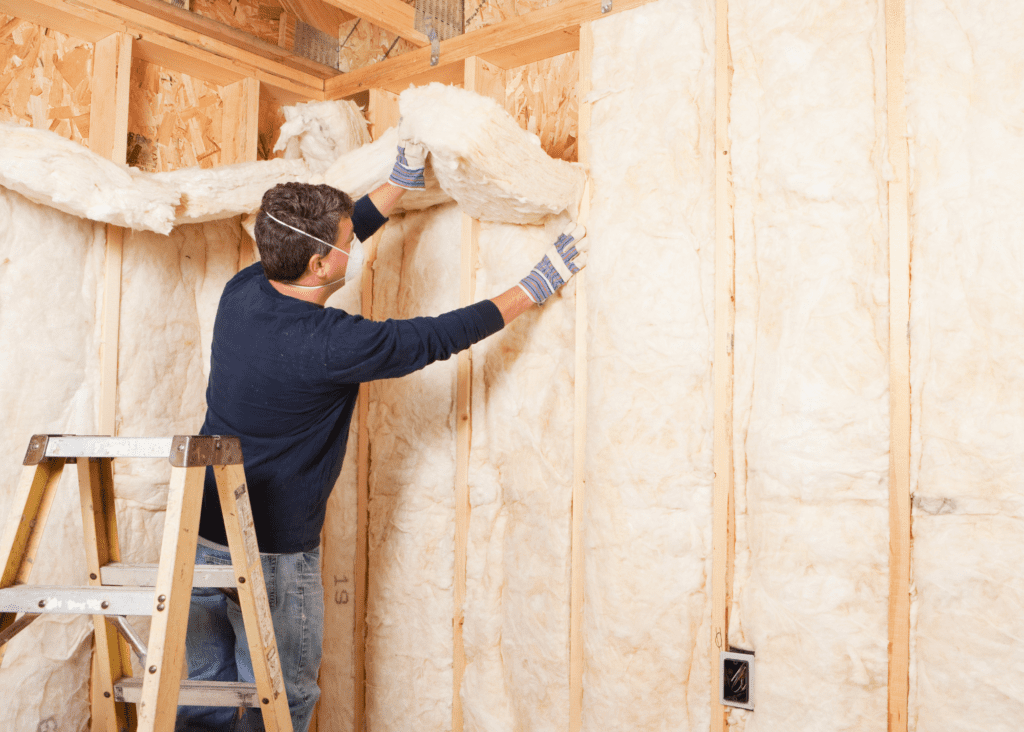
As energy costs continue to rise, homeowners are increasingly looking for ways to make their homes more energy-efficient. One of the most effective methods is through proper insulation. Insulation helps maintain a consistent temperature in your home, reducing the need for heating and cooling and ultimately lowering your energy bills. Here’s an educational guide to help you choose the right insulation for your home.
Understanding Insulation and R-Value
Insulation works by slowing the transfer of heat between your home and the outside environment. The effectiveness of insulation is measured by its R-value, which indicates its resistance to heat flow. The higher the R-value, the better the insulation’s performance. Different areas of your home require different R-values, so it’s important to choose the right type for each application.
Types of Insulation
1.Fiberglass Insulation: This is one of the most common types of insulation. It comes in batts or rolls and is made from fine glass fibers. It’s relatively inexpensive and easy to install, making it a popular choice for DIY projects. Fiberglass insulation is suitable for walls, floors, and attics.
2. Spray Foam Insulation: This type of insulation is sprayed into place and expands to fill gaps and cracks. It provides an excellent air barrier and has a high R-value per inch. Spray foam is ideal for hard-to-reach areas and can be used in walls, roofs, and around windows and doors.
3. Cellulose Insulation: Made from recycled paper products, cellulose insulation is an eco-friendly option. It’s treated with fire retardants and is blown into place, making it great for filling cavities and covering irregularly shaped areas. It’s commonly used in attics and walls.
4. Rigid Foam Insulation: This type of insulation comes in rigid panels and offers a high R-value per inch. It’s often used for insulating foundations, basement walls, and exterior walls. Rigid foam panels are also effective for insulating roofs and attic spaces.
5. Mineral Wool Insulation: Made from natural or recycled materials, mineral wool insulation is fire-resistant and provides good sound insulation. It’s available in batts and rigid panels and is suitable for walls, floors, and ceilings.
Where to Insulate
To maximize energy savings, it’s important to insulate the right areas of your home:
Attic: Insulating your attic is one of the most effective ways to reduce energy loss. Heat rises, so a well-insulated attic can prevent warm air from escaping in the winter and keep your home cooler in the summer.
Walls: Exterior walls should be insulated to prevent heat transfer between the inside and outside of your home. This is especially important for older homes that may not have adequate insulation.
Floors: Insulating floors above unheated spaces, such as garages or crawl spaces, can help reduce energy loss and improve comfort.
Basement and Crawl Spaces: Insulating these areas can prevent heat loss and moisture problems, making your home more energy-efficient and comfortable.
Benefits of Proper Insulation
Energy Savings: Proper insulation can significantly reduce your heating and cooling costs. According to the EPA, homeowners can save an average of 15% on heating and cooling costs by adding insulation to attics, crawl spaces, and basements1.
Improved Comfort: Insulation helps maintain a consistent temperature throughout your home, reducing drafts and cold spots.
Environmental Impact: By reducing your energy consumption, you’re also lowering your carbon footprint, contributing to a more sustainable environment.
Soundproofing: Insulation can also help reduce noise from outside and between rooms, creating a quieter living environment.
Conclusion
Investing in the right insulation for your home is a smart way to save on energy bills and improve overall comfort. By understanding the different types of insulation and where to apply them, you can make informed decisions that will benefit both your wallet and the environment. Always consider consulting with a professional to ensure you choose the best insulation for your specific needs.


